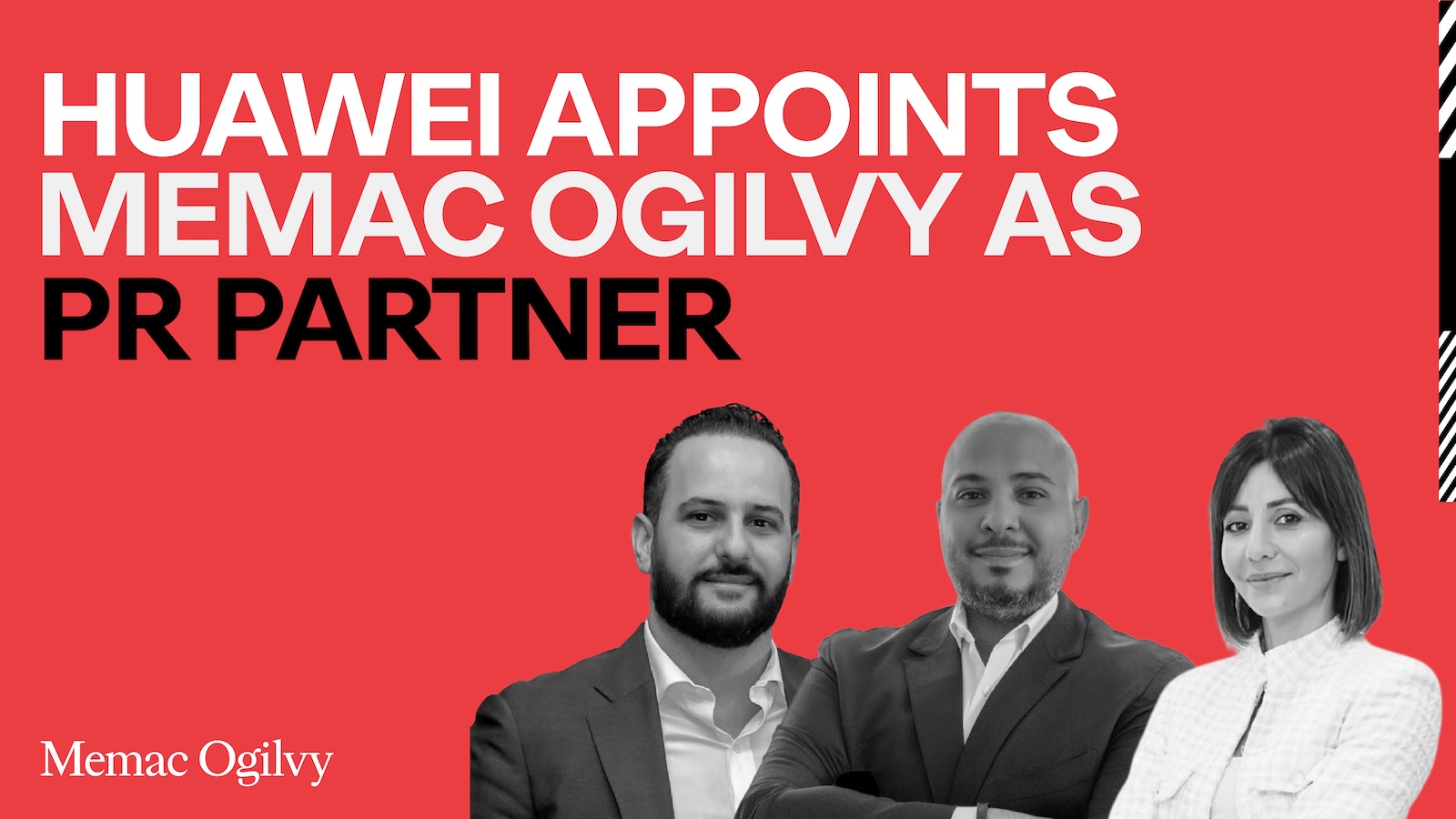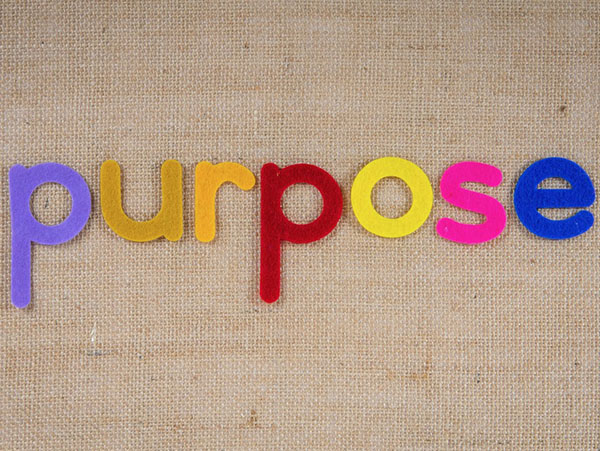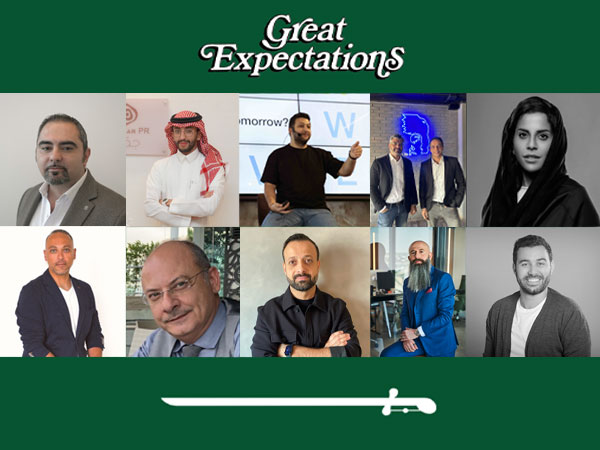Industry Talk
On PR measurement: the Ogilvy way
September 19, 2017
PR has long been viewed as the least financially numerative marketing discipline. Drawn from the worlds of journalism and storytelling, PR practitioners are often seen as interested in numbers only when they support the story we wish to tell.
But research continues to show that PR is capable of delivering higher ROI than any other element of the marketing mix, despite being on average less than one per cent of overall marketing budget. Unlike paid media, earned content relies on inherent value to our audience, and can generate returns 300 to 800 per cent more cost effective than other touch points.
Put another way – if paid media is a gate-crasher in consumers’ lives, then PR is a welcome guest. Our challenge is to be invited.
PR industry evolution
Modern public relations is about more than the traditional press release or corporate speech. It’s no longer enough to know how to create and pitch content – an effective communicator needs to know what to say, which channel to use, and how to measure effectiveness.
Beyond the basic skills in writing, production, and pitching, modern PR practitioners need to be strategic communicators, which demands competency in research, decision-making, and problem-solving. They need to have strong business acumen and think and act as management consultants. Increasingly, we are involved in strategic planning that begins with research, and comes full circle in the final phase of campaign measurement.
What and how to measure
Measurement starts when we take the brief, and extends through the life of the campaign. We define business and communications objectives to be achieved at the beginning of the campaign planning. At Ogilvy, we have built our measurement system on four key areas:
Inputs: Agreed service levels and scope of work. How many pieces or deliverables will be created as part of a campaign or contract?
Outputs: Quantitative KPI measured as clippings, clicks, followers, and downloads. What was our basic reach in terms of people touched?
Impact: Qualitative KPI measured as awareness, perception change, and share of voice. How have we shaped or changed the conversation around our brand?
Outcome: Concrete business outcomes such as sales, lead generation, staff retention and market share. What was the direct return-on-investment to our bottom line?
You’ll notice that the first two are very basic sets of measurement, which are necessary but not always meaningful when isolated from the rest. Inputs are standard and always measured. Outputs are commonly measured, but sourced often through third-party companies. Both give us only a taste of what’s possible.
The second two get into the heart of the matter. Measuring impact requires research on baseline awareness and favourability, bringing us closer to the consumer and other stakeholders. Outcomes require a hands-on dive into the business, bringing us closer to the client.
No matter the size of the campaign or programme we are running, it’s important to balance all four vectors of measurement and make sure that none is forgotten. The future of PR is moving towards the core of the marketing mix, which naturally is focused on business outcomes.
Since we are more than ever before running integrated campaigns across traditional and social media, there is a lot of work with data and analytics experts on dashboards that can track and provide reports on all four areas of the measurement system.
Challenges to measurement
The greatest challenge to measurement is the entrenched industry habit of measuring outputs – especially through antiquated measures such as AVE (Advertising Value Equivalents). There is low overall adoption in sophisticated measurement tools or frameworks, and too many PR practitioners (and our clients) are reluctant to invest to change the status quo.
At Ogilvy, we’ve set the target of completely eliminating the use of AVE, and have instead built a full measurement framework, with a special focus on business outcomes.
Business outcomes are the hardest measure to achieve, because it requires partnership and risk-taking. It means being inquisitive when we receive a brief, being transparent about sharing data and marketing impact, and being honest enough to discuss poor outcomes rather than papering them over with clips. It also requires investment in research that clients are not always willing to do in the context of PR campaigns.
Unfortunately, not all clients are ready to commit to an outcomes-focused partnership by sharing data, and not all agencies are ready and able to demand it. It takes transparency, trust, and constant communication – about both good and bad news – to form strong agency/client relationships.
Due to the nature of the discipline, most PR campaigns are long term and take time to show the full impact, and clients are not always willing to accept that.
Achieving consensus on measurement
I’m a personal believer in the marketplace for ideas, so I’m not at all worried we haven’t achieved consensus. We are all working towards the end goal of business results. The industry right now is in a moment of change, and the one thing my experience has taught me is that the best ideas will survive and if we can demonstrate impact in more measurable ways, we can only continue to grow.













